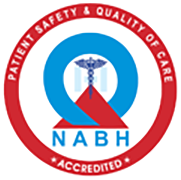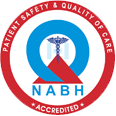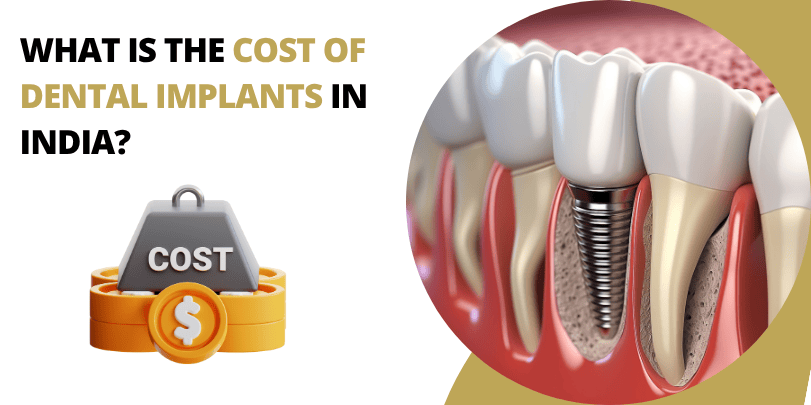Cavities. Just the word alone can make your teeth tingle. They’re one of the most common dental issues across the globe, and also one of the most preventable. But despite all the toothbrushes, toothpastes, and dental visits, cavities still manage to sneak up on many of us.
So, what’s the real secret behind a cavity-free, truly healthy smile?
Spoiler: it’s not just brushing twice a day. Let’s break it all down.
Cavities 101: What They Really Are
A cavity, or dental caries, is essentially a hole in your tooth caused by decay. This decay happens when food particles, especially sugars and carbs combine with bacteria in your mouth to form acids. These acids attack your enamel, the hard outer shell of your tooth. If not cleaned away or re-mineralized, the enamel breaks down, and a cavity forms.
Once it starts, it won’t go away on its own. It needs to be cleaned and filled by a dentist. Left untreated, the decay can go deeper into the tooth, leading to pain, infection, or even tooth loss.
Brushing Alone Isn’t Enough
Yes, brushing twice a day is essential but it’s not a cure-all. A lot of people still get cavities despite brushing regularly. That’s because:
- They don’t brush properly or long enough – The ADA recommends brushing for two full minutes, covering every surface.
- They skip flossing – Cavities often form between teeth where a brush can’t reach.
- They brush too soon after eating – Acidic foods soften enamel temporarily. Brushing right after can actually do more harm than good.
- They use the wrong toothpaste – Not all toothpastes are created equal. You need one with fluoride, a mineral that helps strengthen enamel.
In other words, brushing is just the beginning, not the endgame.
How Does Fluoride Help?
Fluoride is one of the most effective tools in the fight against cavities. It works in two ways:
It re-mineralizes enamel, making teeth more resistant to acid.
It slows down or even stops the growth of harmful bacteria.
Public health programs that add fluoride to tap water have seen dramatic reductions in cavity rates. In fact, the CDC called community water fluoridation one of the 10 greatest public health achievements of the 20th century.
Using fluoride toothpaste and drinking fluoridated water can give you long-term protection, quietly and consistently.
What You Eat Matters More Than You Think
Sugar is the obvious villain here, but there’s more to the story. The real danger is how often you expose your teeth to sugar, not just how much.
Frequent snacking even on “healthy” things like dried fruits or crackers feeds cavity-causing bacteria all day long. Every time you eat, acids form in your mouth for about 20–30 minutes. So if you’re grazing constantly, your teeth are under non-stop attack.
To reduce your cavity risk:
- Limit sugary and starchy snacks
- Drink water instead of juice or soda
- Chew sugar-free gum after meals to stimulate saliva
- Include foods high in calcium and phosphate, like cheese and leafy greens, to help re-mineralize enamel
Saliva- Your Mouth’s Natural Defense System
It may not seem glamorous, but saliva plays a vital role in keeping your smile cavity-free. It neutralizes acids, washes away food, and delivers minerals that keep enamel strong.
Dry mouth- caused by certain medications, dehydration, or breathing through your mouth can leave your teeth vulnerable.
If you struggle with dry mouth, try:
- Drinking more water throughout the day
- Using a humidifier at night
- Chewing sugar-free gum or lozenges
- Avoiding alcohol-based mouthwashes
ALSO READ- When Healthy Smiles Don’t Necessarily Mean White Teeth
Don’t Skip Your Checkups
A healthy smile isn’t built at home alone. Regular dental checkups catch early signs of cavities before they become serious problems.
Dentists can:
- Spot decay before you feel it
- Clean areas you can’t reach, like deep between teeth or behind molars
- Apply protective sealants to cavity-prone areas
- Give fluoride treatments to strengthen enamel
Going to the dentist every 6 months may seem routine, but it’s your best bet for a lifetime of healthy teeth.
The Power of Sealants for Kids (and Adults!)
Dental sealants are thin, protective coatings applied to the grooves of molars. These grooves are where most cavities in children and teens start.
Sealants reduce the risk of decay in molars by up to 80%. While typically used on kids’ teeth , adults at higher risk for decay can benefit too.
They’re painless, quick, and a smart investment in long-term dental health.
Habits That Might Be Hurting Your Teeth (Without You Knowing)
Even if you brush and floss, some everyday habits can work against you:
- Using teeth as tools (to open packages or bite nails)
- Sipping on sugary drinks over time
- Brushing too hard or with a hard-bristled brush
- Grinding your teeth at night (which can wear enamel and make cavities more likely)
Being mindful of these can help protect the hard work you put into your oral care routine.
There’s no magic product or single step that guarantees a cavity-free mouth. It’s about making small, consistent choices every day- what you eat, how you clean, and how often you check in with your dentist.
The real secret behind a healthy smile? It’s no secret at all. It’s the sum of smart habits, a good routine, and a little help from professionals who care.
 Australia No
Australia No Canada No
Canada No India Toll Free No
India Toll Free No UK No
UK No USA No
USA No













